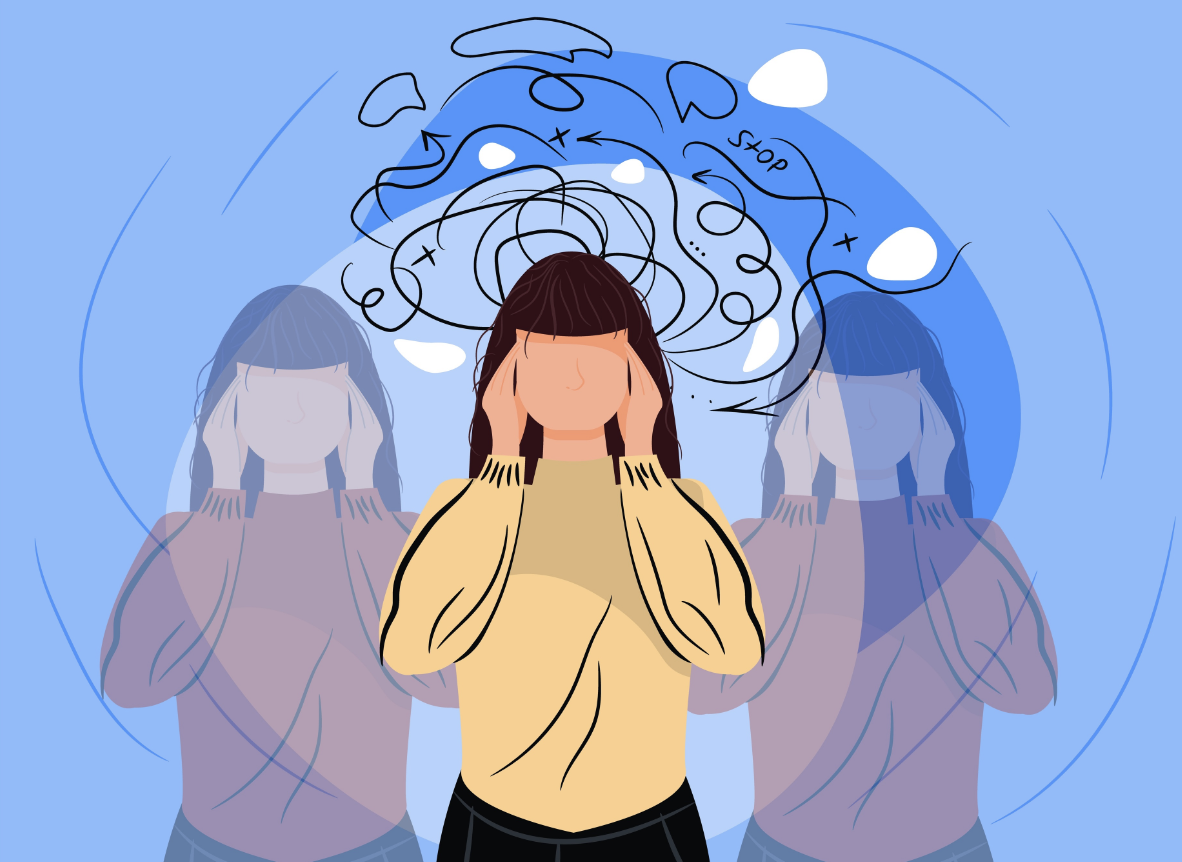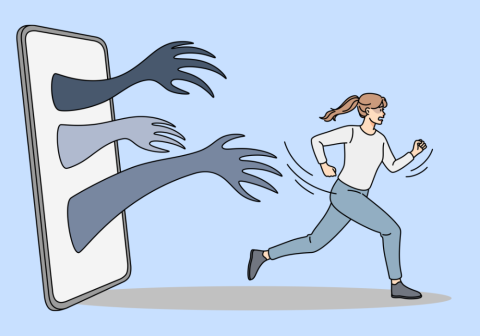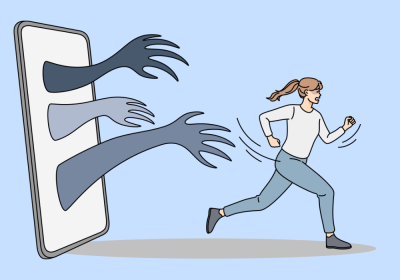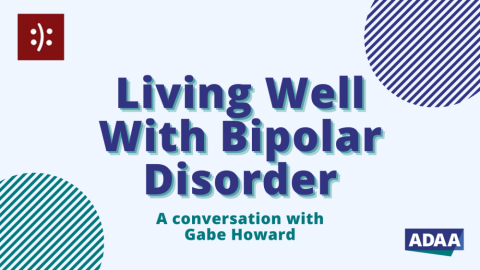Students who have OCD may benefit from social support strategies at school.
Teachers, principals, school nurses, social workers, psychologists, counselors, and paraprofessionals can play a pivotal role in helping a student.
Students with OCD are often unhappy or depressed, and feel isolated. They know their behavior isn't what other students experience and are unlikely to comprehend. Their social difficulties are frequently compounded by having one or more co-existing disorders such as ADHD, Tourette syndrome, or learning disabilities, each of which may bring its own set of difficulties.
They frequently experience difficulties or exhibit behaviors that may be observed by their peers. When these behaviors are very obvious or appear odd or unusual, there is a strong potential for the student with OCD to be stigmatized. School personnel can play an important role in preventing or defusing OCD behavior to limit social stigma.
Try these successfully used social support strategies
Here are some examples of social support strategies that may be used to help the student with OCD. Keep in mind that what may work beautifully with one student may be ineffective or a disaster for another.
Social isolation
- Structure classroom activities to build social relationships between all students using cooperative learning groups; for example, Jigsaw Classroom or Peer-Assisted Learning Strategies.
- Have the student with OCD join a partner or group of peers who demonstrate empathy and respect for all students.
- Avoid situations and activities in which a student chooses team players; the student with OCD and other students with disabilities or differences may be the last ones chosen.
- Provide educational information to all students about various illnesses and disabilities.
Disrupting the classroom
- Allow the student to leave the room when feeling overwhelmed and go to the library, counselor’s office, or other pre-arranged place to calm down. Arrange a private signal (card on desk, hand in air with closed fist) to be used when the student needs to leave.
- Interact with the student as calmly and neutrally as possible; refrain from engaging in public displays of anger or frustration.
- Do not try to stop a ritual when the student is experiencing high levels of anxiety; a major conflict could arise.
Difficulty with transitions or change in routine
- Allow the student to leave the class a few minutes early to avoid crowded hallways during passing period. Arrange a private signal to indicate when the student may leave.
- Provide extra time to make in-class transitions from one activity to another.
- Use a timer or other auditory device to signal that it's time to start a different task or activity.
- Send a note home, whenever possible, to notify the student and family of any upcoming change in schedule to give the student time to prepare.
Fears of contamination and repeated asking to leave
- Arrange a private signal (card on desk, hand in air with closed fist) to be used when the student feels overwhelmed by an urge to leave the classroom to leave and wash.
- Work with the student to reduce frequent trips to the restroom. Set a reasonable limit and gradually reduce the number. The teacher, school mental health professional (school psychologist or social worker), parents, and student should all work together to develop this intervention.
- Allow the use of hand sanitizer in lieu of constantly washing hands.
















